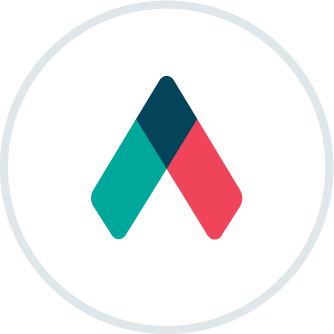
SaaS Buyer Experience Study 2021
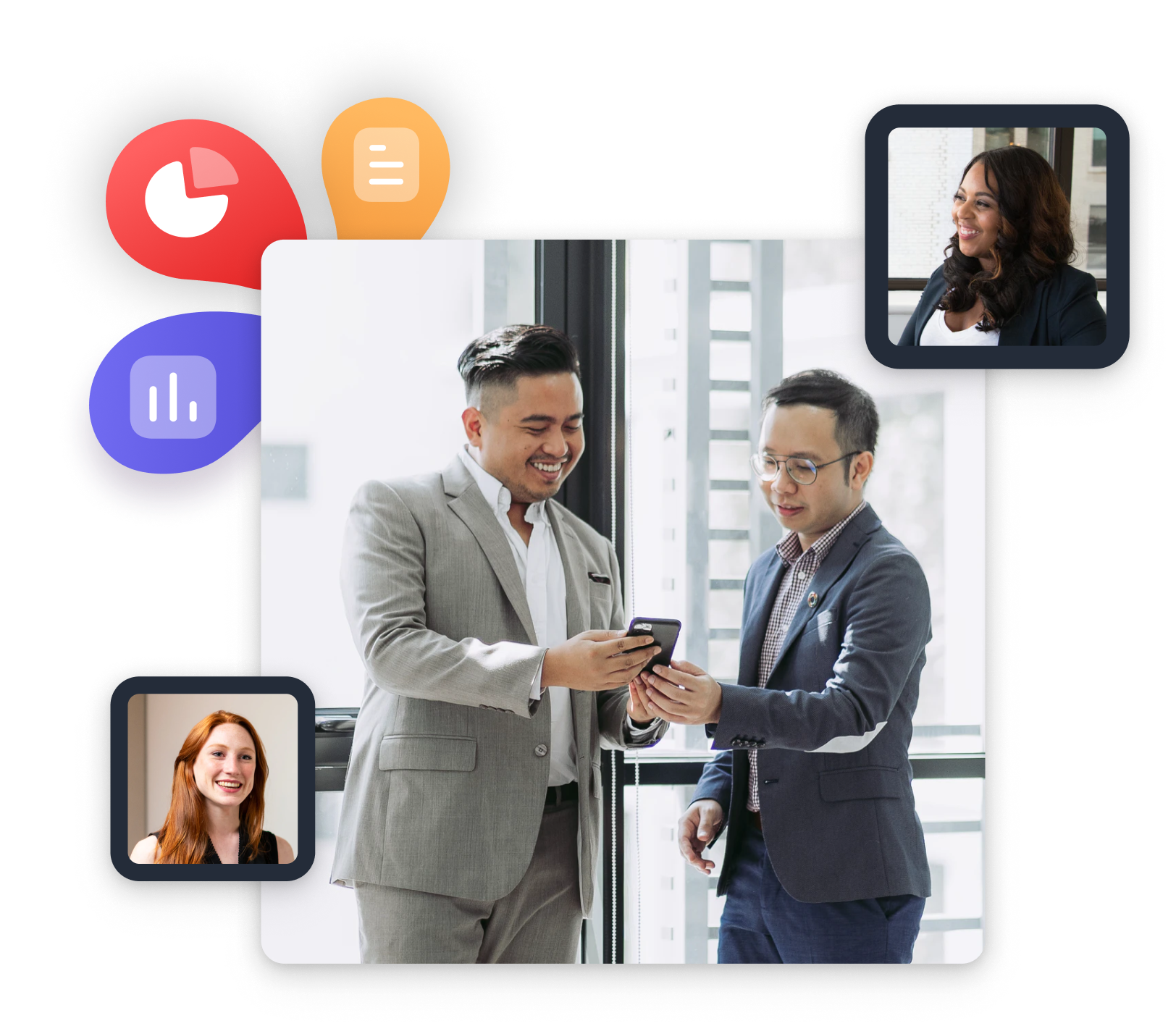
About this report
Introduction
Amongst our findings:
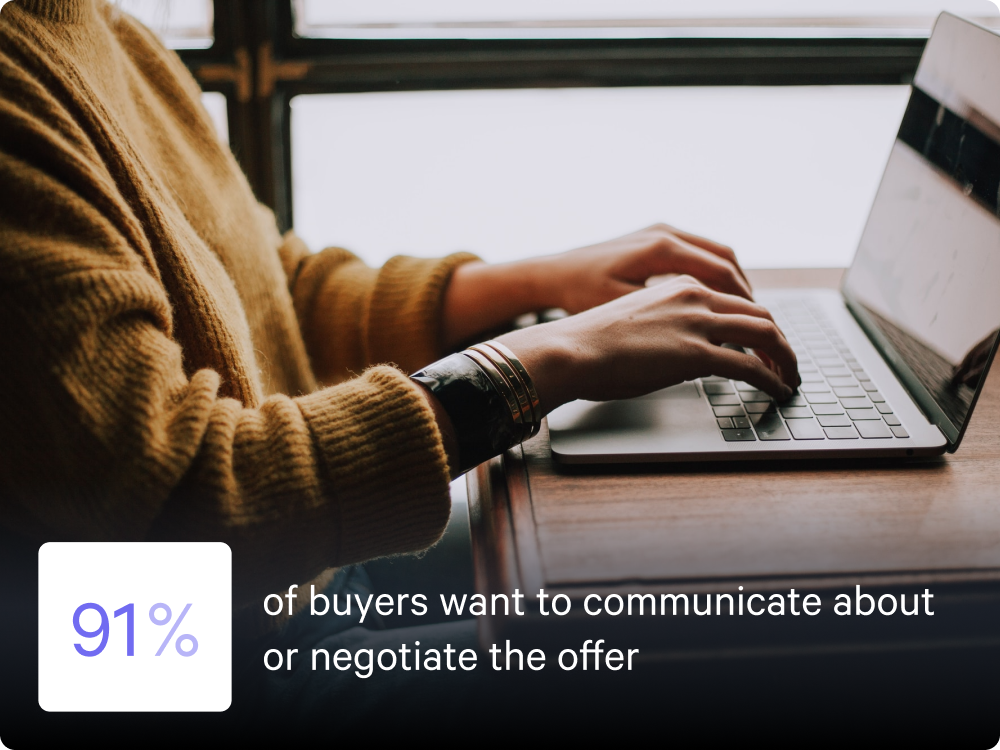

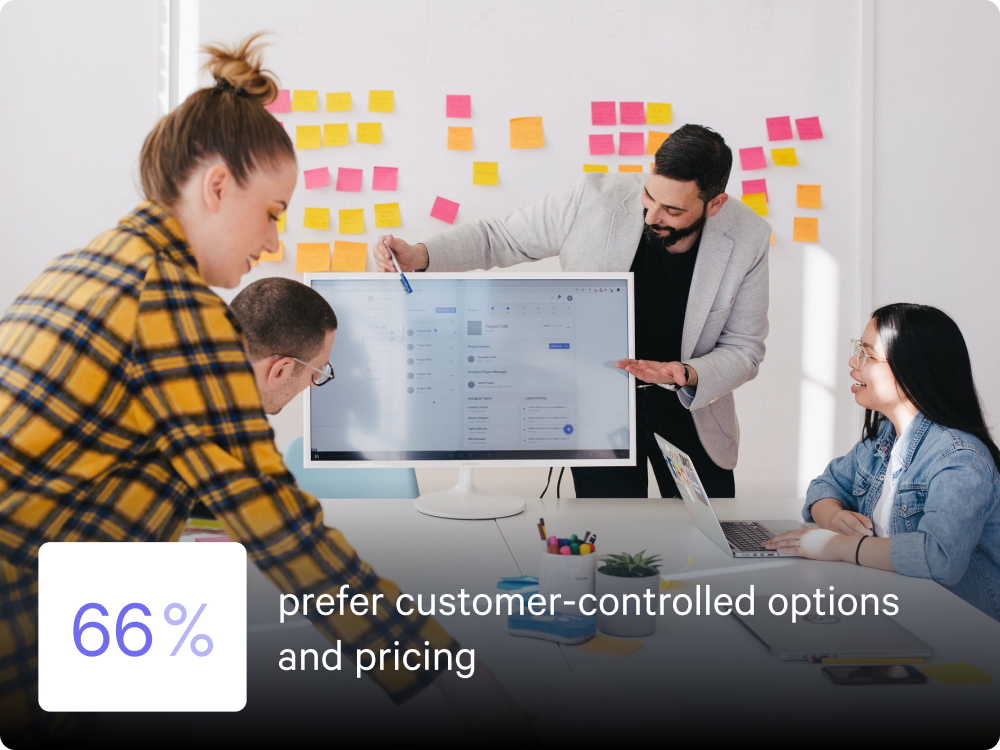

Table of Contents

Methodology
This study was conducted by a third-party agency on behalf of Qwilr from March 29 to April 9, 2021. The study included 114 respondents with the following demographics:
By industry

By department

By role in buying process

By gender

By age

By region



SaaS buyer frustrations
The human impact of the pandemic was significant. Over the past 12-18 months, people have been reexamining and remaking every aspect of their lives, including their jobs.
The sale process could be less demanding. There’s too much paperwork!
2021 SaaS Buyer Experience Survey Respondent
The breakdown of responses






Desired SaaS buyer experience
Buyers want a better process. SaaS sellers who make adjustments in the buying process will not only accelerate the buying cycle but gain a competitive advantage.






SaaS buyer empowerment

Whether a result of the pandemic or the internet resources readily available, it’s clear SaaS software buyers have changed their decision-making process. In fact, 88% of our survey respondents indicated they want more empowerment and self-serve options.











SaaS buyer influencers
Amidst a highly competitive SaaS landscape, we asked SaaS buyers what aspects were most influential in the purchasing process. From the top responses, it’s clear software buyers are looking for the most value for a specific solution but also can’t afford to make a mistake.






The importance of a buyer-centric sales experience

Personalization is also a key selling differentiator and competitive advantage. As evidence, 64% of survey respondents stated it’s important that sales materials are specific to them and their needs. And conversely, if generic sales materials are used, it has a negative impact on the buying decision.







The adage people buy from those they know, like, and trust is still true. How you present yourself and your product either builds that trust — or gives your competitors a foot in the door.
Mark Tanner, Co-Founder, Qwilr

















Key takeaways for SaaS sellers
Over the course of the last 18 months, the SaaS purchasing process has changed. Software buyers are working under tighter constraints, have many options to choose from, and are looking for reassurance in their direction. The findings of this study provide a roadmap for SaaS sellers to thrive in our new selling environment.
The key takeaways:

Buyers are engaging less frequently.

Buyers want more reassurance before making a purchase.

Buyers expect personalized materials.

Buyers want pricing flexibility.

Buyer conveniences can accelerate the deal.
Next steps for SaaS sellers
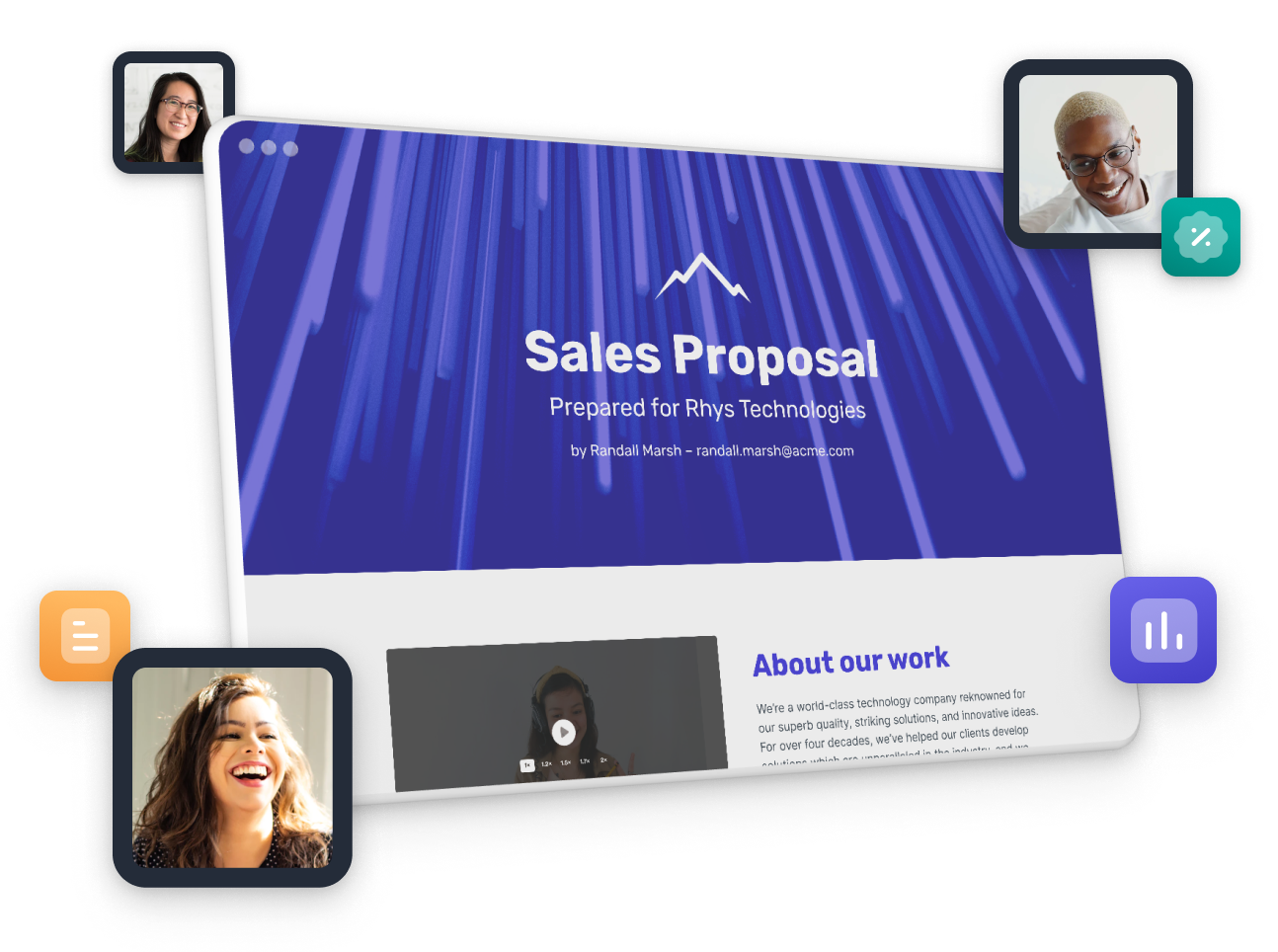
Knowledge may
inspire, but action drives change.
Try Qwilr for free.

